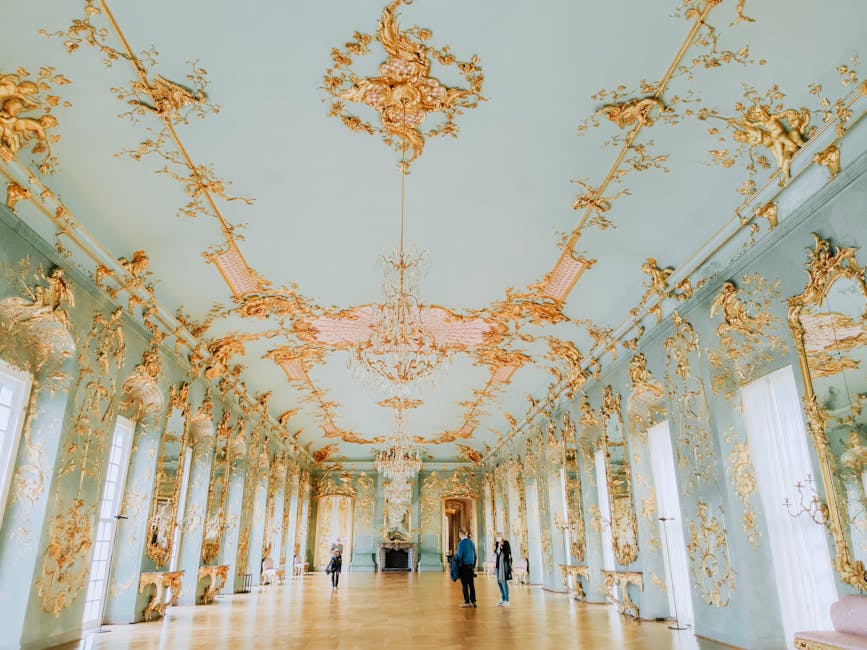Buildings are more than just structures; they are tangible expressions of a society’s beliefs, aspirations, and lived experiences. Architectural style, therefore, offers a compelling lens through which to examine and understand cultural values. From the monumental grandeur of ancient Roman temples to the minimalist elegance of modern Japanese homes, built environments reflect a complex interplay of social, economic, religious, and technological factors, all interwoven to create a unique cultural narrative. Exploring this relationship reveals how deeply intertwined architecture and culture truly are.
A crucial aspect of this relationship lies in the materials used. Traditional vernacular architecture, often built with locally sourced materials like timber, stone, or clay, directly reflects the environmental context and available resources of a particular culture. For instance, the use of rammed earth in arid climates speaks to resourcefulness and adaptation to harsh conditions, while the intricate timber framing of traditional Japanese architecture highlights both a deep understanding of wood properties and a reverence for natural materials. These choices are not merely functional; they embody a cultural ethos that values sustainability, respect for the environment, and skilled craftsmanship.
Beyond the materials, the very form and function of buildings speak volumes about cultural priorities. Consider the hierarchical nature of many ancient civilizations, reflected in the monumental scale and symbolic power of temples, palaces, and public spaces. The massive pyramids of Egypt, for instance, underscore the importance of pharaohs and the afterlife, while the sprawling Roman forums highlight the significance of public life and civic engagement. In contrast, the compact, inward-facing courtyards of traditional Middle Eastern architecture prioritize privacy and family life, reflecting different cultural values. These architectural choices communicate societal structure, power dynamics, and the relative importance assigned to public versus private spheres.
Religious beliefs profoundly influence architectural design. The soaring Gothic cathedrals of Europe, with their pointed arches and stained glass windows, aimed to inspire awe and reverence for God. The intricate details and symbolic ornamentation served as visual representations of religious narratives, fostering a sense of spiritual connection among worshippers. Similarly, the serene and minimalist design of Buddhist temples in East Asia emphasizes contemplation and tranquility, reflecting a different spiritual philosophy. These examples demonstrate how religious beliefs shape architectural forms, reflecting core theological concepts and creating spaces intended for specific spiritual practices.
Technological advancements also exert a significant impact on architectural style and, consequently, on the expression of cultural values. The invention of reinforced concrete, for example, revolutionized architectural possibilities. This innovation enabled the construction of taller, more slender buildings, leading to the development of the skyscraper, a potent symbol of modern industrial society and its values of progress, innovation, and ambition. The adoption of prefabricated components further reflects cultural shifts towards efficiency and mass production, shaping the character of modern urban landscapes. This illustrates how technological progress not only alters building practices but also refracts changing cultural priorities.
Furthermore, the socio-economic conditions of a society profoundly affect its architecture. The opulence and extravagance of Baroque palaces, with their ornate decorations and lavish interiors, contrasted sharply with the simple, functional dwellings of the working class during the same period. These stark differences highlight the existing social stratification and reflect disparities in wealth and power. Similarly, modern minimalist designs, with their focus on functionality and efficiency, can be seen as reflecting a post-industrial society’s concern for resource conservation and a shift away from ostentatious displays of wealth. In essence, architecture often serves as a visual barometer of economic and social inequalities.
However, it is crucial to avoid oversimplification. Architectural style is not simply a direct reflection of a singular cultural value. Rather, it is a complex synthesis of multiple interacting factors. A single building may incorporate elements from different historical periods and styles, reflecting cultural hybridity and evolving societal values. Moreover, the interpretation of architectural styles is subjective and open to multiple perspectives. The meanings embedded within a building can change over time, influenced by changing social contexts and evolving interpretations.
In conclusion, while a direct, one-to-one correspondence between architectural style and specific cultural values is an oversimplification, a strong correlation undeniably exists. The materials used, the form and function of buildings, the influence of religious beliefs, the impact of technological advancements, and socio-economic conditions all contribute to shaping architectural styles. By studying the built environment, we gain invaluable insights into the cultural values, beliefs, and aspirations of past and present societies. Architectural styles act as tangible narratives, eloquently communicating the rich tapestry of human experience and cultural evolution throughout history. Understanding this complex relationship allows for a deeper appreciation of both the architectural achievements and the cultural context in which they emerged.
